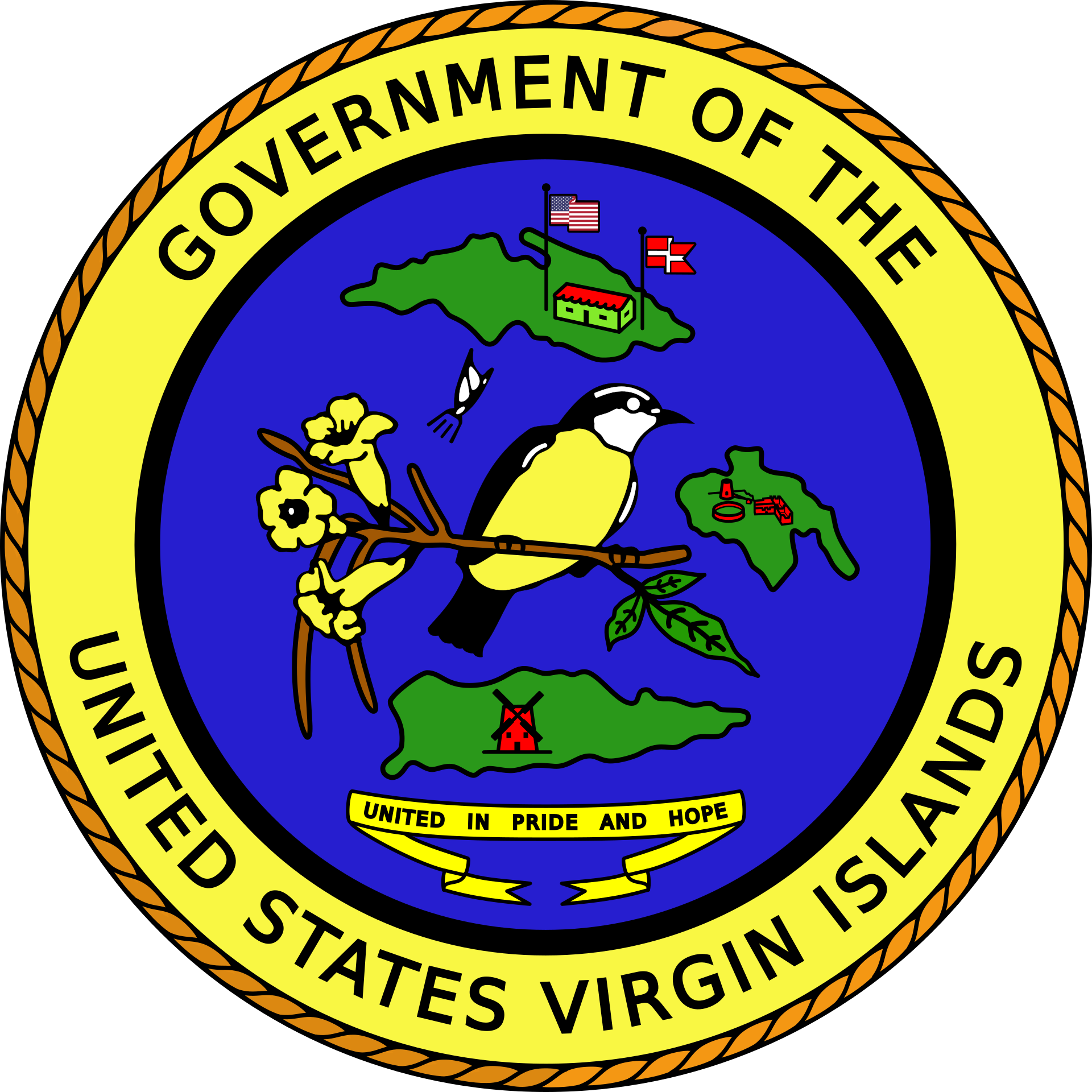Cannabis Education
The cannabis or “marijuana” plant contains more than 100 different chemicals called cannabinoids, each one having a different effect on the body. These cannabinoids — the active chemicals in medicinal cannabis — are similar to chemicals the body makes that are involved in appetite, memory, movement, and pain.
Medicinal cannabis uses the plant or its chemicals to treat diseases or conditions. Delta-9-tetrahydrocannabinol (THC) and cannabidiol (CBD) are generally the main chemicals used medicinally. THC is also the chemical that produces the “high” people feel when they smoke marijuana or eat foods containing it.
Limited research suggests cannabinoids may:
- Reduce anxiety, inflammation, and relieve pain
- Control nausea and vomiting caused by cancer chemotherapy
- Kill cancer cells and slow tumor growth
- Relax tight muscles in people with Multiple Sclerosis
- Stimulate appetite and improve weight gain in people with cancer and AIDS
- And many more…
Therapeutic Effects of Cannabis and Cannabanoids1
Cannabis sativa has a long history as a medicinal plant, likely dating back more than two millennia (Russo et al., 2007). It was available as a licensed medicine in the United States for about a century before the American Medical Association removed it from the 12th edition of the U.S. Pharmacopeia (IOM, 1999). In 1985, pharmaceutical companies received approval to begin developing Δ9-tetrahydrocannabinol (THC) preparations—dronabinol and nabilone—for therapeutic use, and as a result, cannabinoids were reintroduced into the armamentarium of willing health care providers (Grotenhermen and Müller-Vahl, 2012)
Known Side Effects2
Side effects that have been reported include:
-
- Bloodshot eyes
- Depression
- Dizziness
- Fast heartbeat
- Hallucinations
- Low blood pressure
- Cannabis Hyperemesis Syndrome
THC consumption can also affect judgment and coordination, which could lead to accidents and injuries. When used during the teenage years when the brain is still developing, marijuana might affect IQ and mental function.
Click here for more information on Medicinal Cannabis…
Lower-Risk Cannabis Use Guidelines: A Comprehensive Update of Evidence and Recommendations3
Many (especially young) people use cannabis (e.g., marijuana) products, yet use comes with various health risks. As cannabis use and distribution are becoming legal in different countries (e.g., Canada), efforts are needed to reduce health risks from use. Therefore, international experts developed the Lower-Risk Cannabis Use Guidelines (LRCUG). The LRCUG are based on scientific evidence, identifying behaviors within the user’s control that influence the risk of health consequences from cannabis use.
Partner Resources
We encourage the safe and responsible use of medicinal cannabis products. Information on this site is intended to provide a broad introduction to the use and potential health impacts of cannabis, particularly on youth.
- The National Academic Press. (2017). The health effects of cannabis and cannabinoids: The current state of evidence and recommendations for Research. Retrieved February 7, 2022, from https://www.ncbi.nlm.nih.gov/books/NBK423845/.
- WebMD. (2021, December 18). Medical Marijuana FAQ. WebMD. Retrieved February 7, 2022, from https://www.webmd.com/a-to-z-guides/medical-marijuana-faq#091e9c5e8140f487-1-3
- Fischer, B., Russell, C., Sabioni, P., van den Brink, W., Le Foll, B., Hall, W., Rehm, J., & Room, R. (2017). Lower-risk cannabis use guidelines: A comprehensive update of evidence and recommendations. American Journal of Public Health, 107(8). https://doi.org/10.2105/ajph.2017.303818
Address
Department of Licensing & Consumer Affairs
Property & Procurement Building
8201 Subbase, Suite 1
St. Thomas, VI 00802
Office Hours
Mon – Fri : 8am - 4pm
Sat & Sun : Closed
Excluding federal and local holidays
Contact Us
(340) 714-9755
info.ocr@ocr.vi.gov

The Virgin Islands Office of Cannabis Regulations develops and supports the cannabis industry of the Virgin Islands to allow for the beneficial use of cannabis in a regulated system.